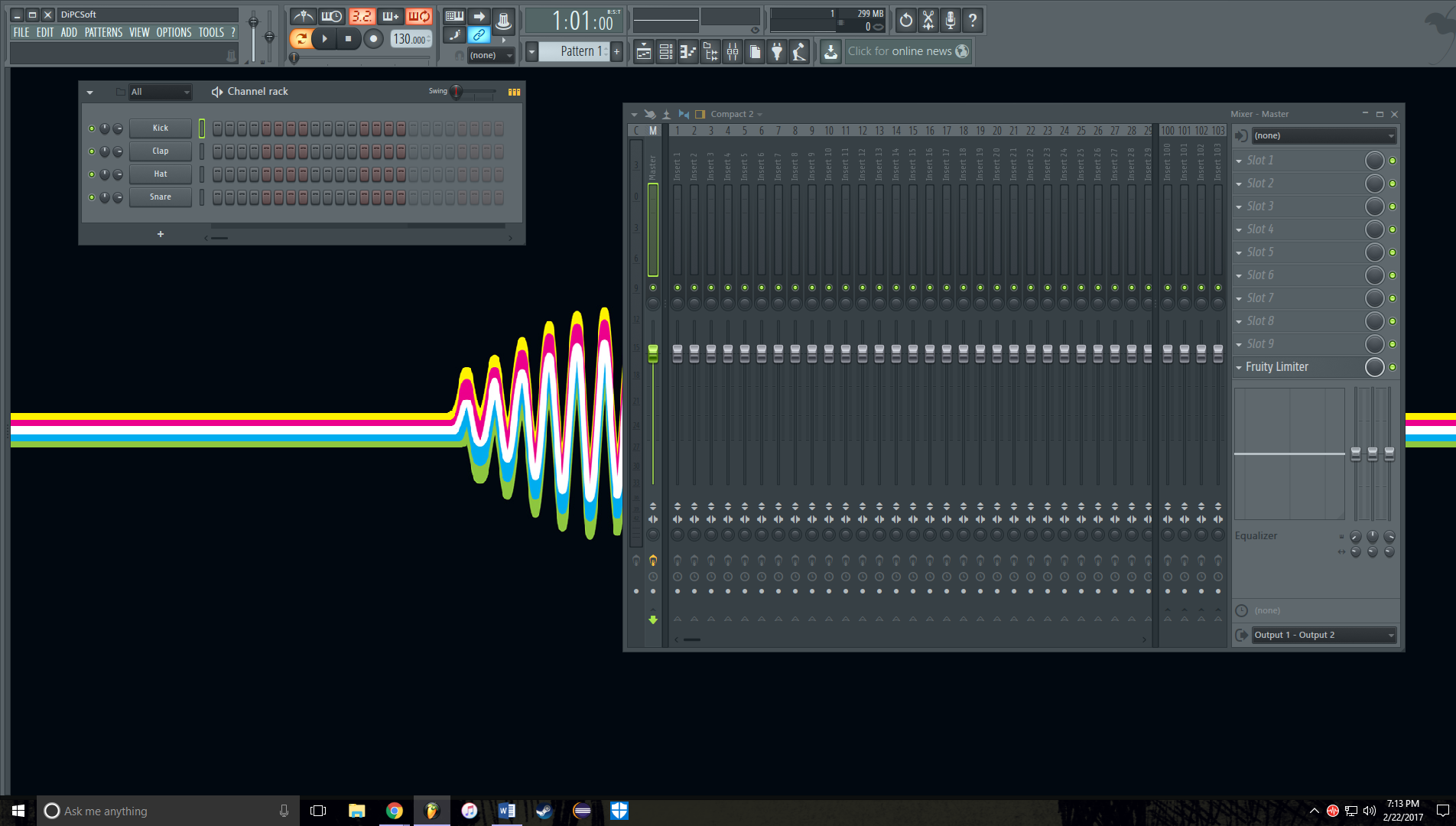
Step 2: Choose your Synth and the Piano Roll The chord progression for Cannon in D is D major, A major, B minor, F# minor, G major, D major, G major, and A major. Thankfully for us, the chords are simple major or minor chords with either the maj or min suffix.

Your browser does not support the audio tag.īefore you redo a song you need to analyze the chords so that you know what you're working with. With this in mind, let's use the chord to help us recreate Cannon in D! Ironically, the chords to Pachelbel's Cannon in D is the basis for some of the most popular rock and pop songs of the 20th century. This particularly useful if you want to remix or redo a pop or rock song that's normally played on a guitar or piano and you can find the chord sheet online in or in a book. As long as you know how to read the chord name you can easily insert chords into a piano roll with the chord tool. Reading a chord name is relatively easy but knowing which notes go into the chord is not something everyone knows. Throw dice - Generate a new riff with new random seed settings.In this tutorial we are going to cover how to use FL Studio's chord tool to make putting chords in much easier.

Length - Number of bars the riff should cover.Work on existing score - Apply the settings to the score in the Piano roll before the Riff generator was launched.Preview up to current step - Play the riff generated by the settings up to, and including, the current tab.Some settings on some tabs will defeat those on others (setting a compatible combination is up to the user). The Length and Variation controls won't work if SNAP isĪny or all tabs can be selected or deselected to play a part in the final 'riff'. Notes created by the Riff Machine have the length of the current Piano roll snap. Groove - Note quantization is varied to add rhythmic feeling.Ĩ. Articulation - Note lengths/transitions are varied to change playing 'style'.ħ. Levels - Note parameter levels are randomized (to a user specified degree) to add variation.Ħ.

Mirror - Vertical and horizontal transformations of the arpeggio are made to add interest.ĥ. Arpeggiation - The chord is chopped up and arpeggiated to create a basic 'riff'.Ĥ. Chords - The note series is transformed into chords ready for the Arpeggiator step.ģ. Progression - A series of long notes are selected according to the general mood you desire.Ģ. The Riff Machine generates melodies in the Piano roll (depending on the settings made in the tabs).īuilding a riff consists maximally of the following steps:ġ.


 0 kommentar(er)
0 kommentar(er)
